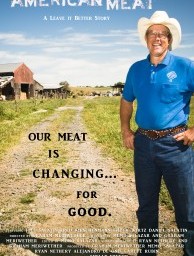Missouri was the first stop in the 10-state Young Farmers Screening Series for American Meat, a documentary that looks evenhandedly at both the industrial and the pastoral sides of the U.S. meat system. Bon Appétit at Washington University in St. Louis, MO, kicked off the screening with a grass-fed beef barbecue for 325 attendees, who stayed for a panel discussion and special announcement.
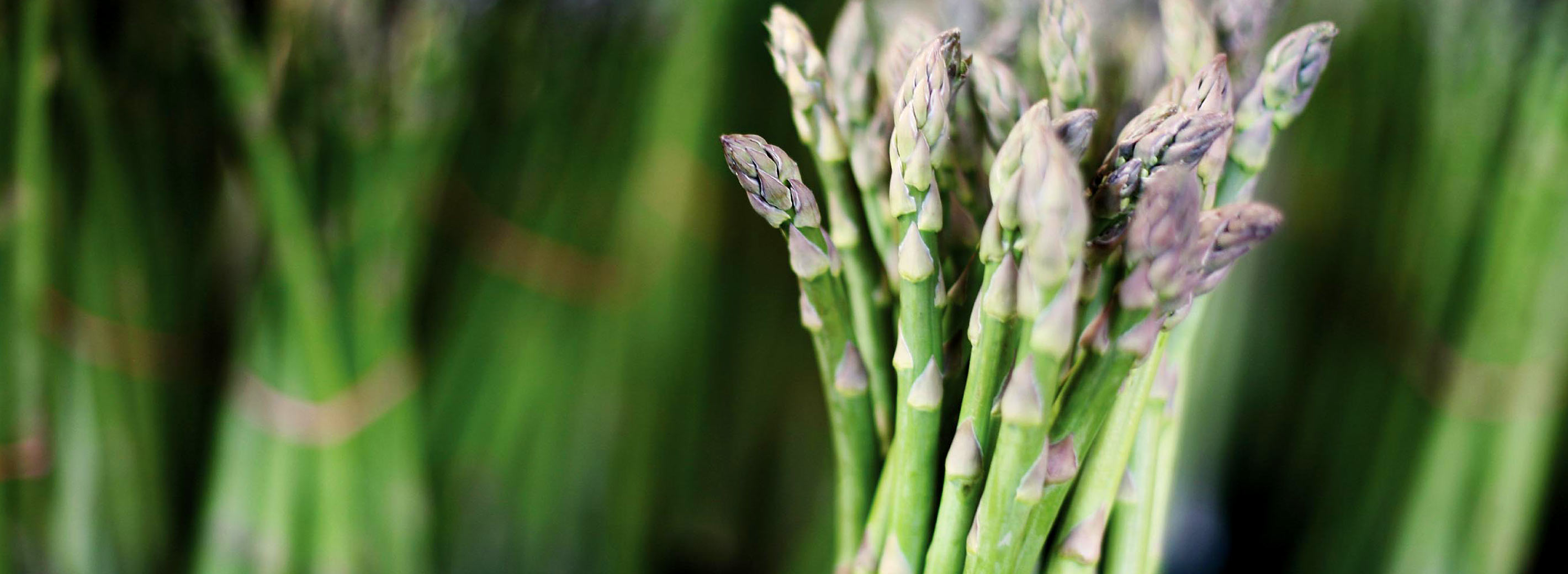
Blog: Featured
+ Blog Categories
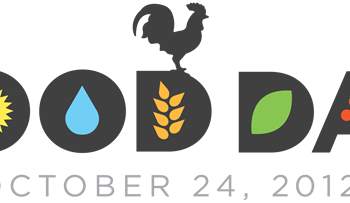
Celebrating Food Day at Bon Appétit: Grow Your Own!
- Blog
Food Day is an annual nationwide celebration of healthy, affordable, and sustainable food, and a movement to create more of it. This Thursday, October 24, Bon Appétit locations all across America will proudly celebrate Food Day and its five principles. We’re encouraging our guests to get involved by growing some of their own food, and if they’re students, encouraging them to join Campus Farmers!
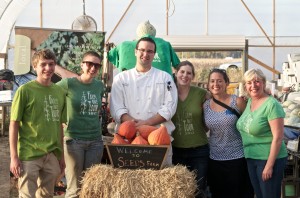
From Farm to Spoke in Minnesota
- Blog
Organized by Midwest Fellow S.K. Piper and students at Carleton, St. Olaf, and Macalester Colleges, the seven-farm bike tour and closing party was completely free for participants, funded by in-kind donations and community grants that Piper helped the student organizers secure, with the food cost being covered by the Bon Appétit teams at the three schools.
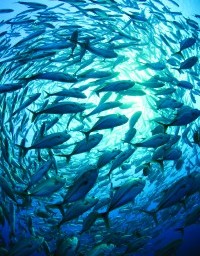
Dinner Shouldn’t Be About Going Fishing for Information
Americans eat a lot of seafood. We rank third in global seafood consumption, behind China and Japan, and we spend billions of dollars every year on seafood. But for most Americans, the knowledge of what we’re eating ends with what’s printed on our menu. Most people have little idea about the complex route their fish has taken from the boat to their plate. Oceana recently released a report comparing the traceability systems in the beef and produce industries in the United States to the seafood industry. So how did they stack up?

Recipe: Seared Black Cod and Succotash with Lemon Parsley Oil
- Blog
Local Fish Week here on the BAMCO blog, in honor of our first-ever Eat Local (Fish) Challenge, is drawing to a close. This Black Cod and Succotash with Lemon Parsley Oil is the perfect dish to impress for a weekend dinner party or date night.
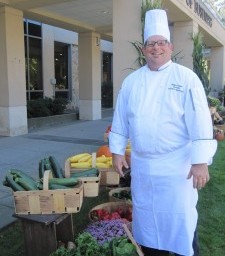
Recipe: Atlantic Red Crab and Scallop Bake
- Blog
It’s Local Fish Week here on the BAMCO blog, in honor of our first-ever Eat Local (Fish) Challenge! This crab and scallop bake recipe from Roger Williams University Executive Chef Bob Lavoie is just the thing for a chilly fall night.
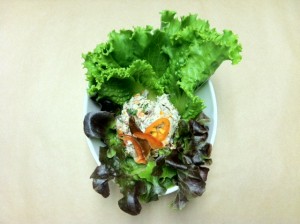
Recipe: Smoked Bluefish Salad with Hot Peppers and Honey
- Blog
It’s Local Fish Week here on the BAMCO blog, in honor of our first-ever Eat Local (Fish) Challenge! Bored with tuna salad? Try this recipe smoked bluefish salad with hot peppers and honey from Jay Keller, Bon Appétit Executive Chef at Gallaudet University in Washington, D.C.
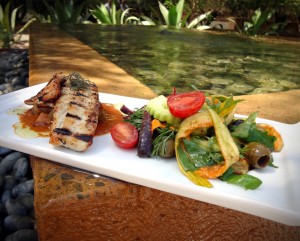
Recipe: Local Tilapia with Sweet Potato Hash and Tomato Coulis
- Blog
It’s Local Fish Week here on the BAMCO blog, in honor of our first-ever Eat Local (Fish) Challenge! This recipe from Edward T. Farrow, Bon Appétit Executive Chef at the Musical Instrument Museum in Phoenix, takes some assembling, but its bold flavors pair well with mild tilapia.
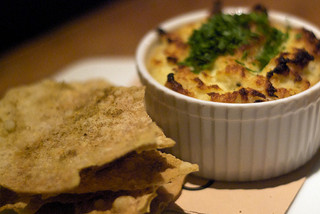
Recipe: Take a Dip with a Local Fish Brandade
- Blog
It’s Local Fish Week here on the BAMCO blog, in honor of our first-ever Eat Local (Fish) Challenge! According to a new report from NOAA, Americans eat only about 15 pounds of seafood per capita annually, and of that, 91% is imported. Time to tip the scales in a healthy, homeward location! We’ll be running a tasty seafood recipe each day this week from our chefs.
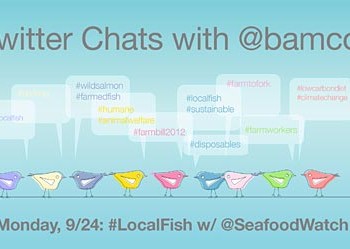
Bon Appétit and Seafood Watch to Host Twitter Chat on #localfish
- Blog
Many Americans now know the names of the farms that grow their food, but even as we’re urged to eat more seafood for its health benefits, few of us can identify local species or the fishing operations that supply them. The time is ripe for local fish. Please join @bamco and @seafoodwatch for a Twitter chat on Monday, September 24, at 12pm Pacific.
